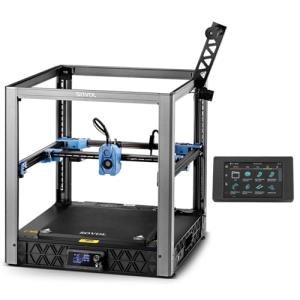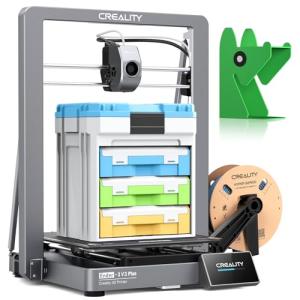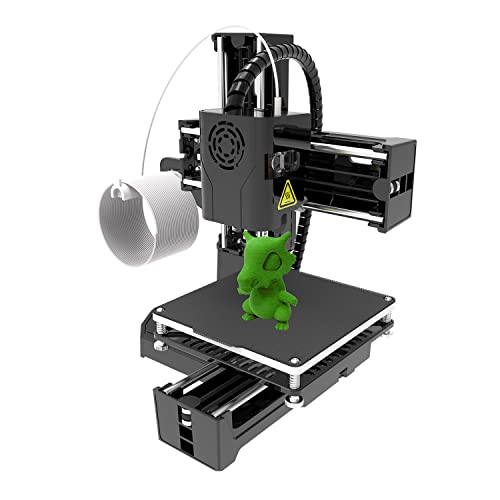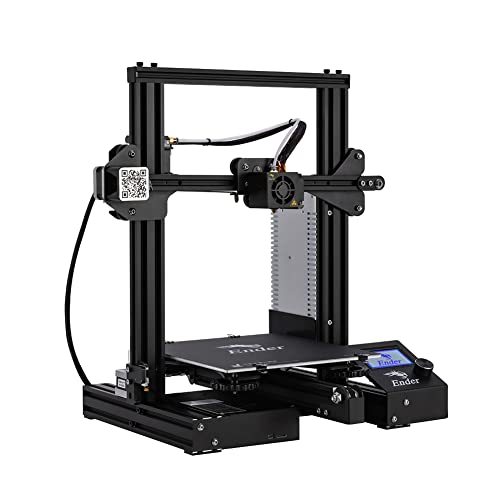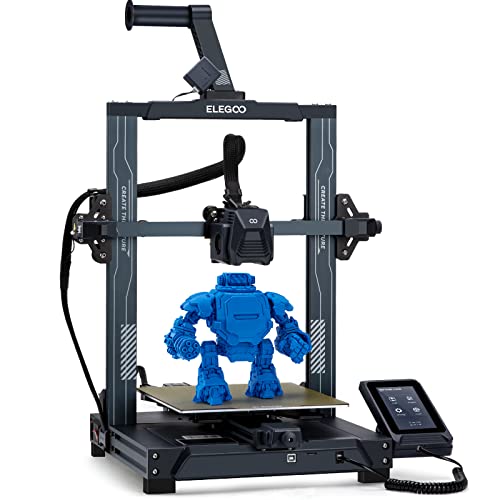Dealing with 3D printer issues can feel frustrating, but don’t worry! Here are some common problems and easy solutions to help with your 3D printer troubleshooting.
1. Filament Not Feeding
If your printer isn’t pulling the filament in, check the filament spool. Is it tangled? If so, untangle it or replace the spool. Also, make sure the extruder gear is clean and not clogged with melted plastic. A quick clean-up can do wonders!
2. Layer Separation
Noticing gaps or layers peeling apart? This often points to a temperature issue. Check your printer settings: too hot or too cold can impact adhesion. Try adjusting the bed temperature and recheck your layer settings to ensure everything’s just right.
3. Stringing Between Parts
Getting unwanted strings or “hair” between your prints? It's time for a little tweaking! Lower the printing temperature and increase the retraction distance. These small changes can drastically reduce the gunk between your designs, resulting in cleaner prints.
3D printer troubleshooting doesn’t have to be a daunting task. With some basic knowledge and a little patience, you can tackle these common issues and get back to creating amazing prints! Keep experimenting and don’t hesitate to seek out community forums for help if you hit a snag.
Tips for Easy 3D Printer Maintenance
Keeping your 3D printer in tip-top shape doesn’t have to be a chore. In fact, with a few simple tips, you can make maintenance a breeze and avoid major hiccups during your projects. Here’s what to do.
First things first—always keep your printer clean. Dust and filament debris can mess up your prints. Regularly wipe down the exterior and clean the build plate. You can use isopropyl alcohol for the plate to ensure better adhesion for your next print.
Lubrication is key for smooth operation. Check the moving parts and apply a little oil on the rods and bearings. This tiny step can prevent wear and tear, helping to avoid those annoying jams that show up when you least expect them.
Lastly, calibrate your printer regularly. When things start to look off, it often comes down to poor calibration. Make it a habit to check the bed level and the extruder settings. This can save you lots of time and frustration. A well-calibrated machine means less 3D printer troubleshooting later!
Sovol SV08 3D Printer with Touch Screen Bundle
Enjoy seamless printing with this user-friendly 3D printer that comes with a convenient touch screen and everything you need to get started
Product information
$609.99
Product Review Score
4.78 out of 5 stars
128 reviewsProduct links
Step by Step Troubleshooting Guide
Getting your 3D printer back on track doesn’t have to be a headache. With some simple steps, you can tackle common issues like a pro. Here's a straightforward guide for effective 3D Printer Troubleshooting to help you through the process.
1. Check the Basics: Start by making sure everything is plugged in and connected properly. Sounds simple, right? Sometimes, things just need a little nudge. Look for loose cables or unplugged power sources. A quick visual check can save a lot of hassle.
2. Inspect the Filament: If you're dealing with poor prints or clogs, check your filament. Is it old or brittle? Does it look tangled or jammed? Swapping out to a fresh roll can often solve the problem. Make sure you’re using the right type for your printer, too.
3. Level the Bed: An unlevel print bed can mess up your prints in a big way. Use a piece of paper to measure the distance between the nozzle and the bed at different points. Adjust the height as needed until it’s just right, and you'll be amazed at the difference it can make!
4. Update Your Software: Sometimes, it's not the hardware but the software that's tripping you up. Make sure your slicer software is up to date. New updates often bring bug fixes that might solve your printing problems. A quick update could be all you need for smooth sailing!
Creality Ender 3 V3 Plus High-Speed 3D Printer
Experience faster printing and stunning detail with the Creality Ender 3 V3 Plus, perfect for all your creative projects
Product information
Product Review Score
4.75 out of 5 stars
133 reviewsProduct links
Upgrading Your 3D Printer for Success
Upgrading your 3D printer can seriously level up your game in 3D printer troubleshooting. If you're dealing with constant clogs, inconsistent layers, or adhesion issues, sometimes a simple tweak can make all the difference. Here’s how to get started.
First off, think about the nozzle. If you're still using the stock nozzle that came with your printer, consider switching it out for a high-quality brass or hardened steel nozzle. These aftermarket options offer better performance and resistance to wear, which means fewer clogs and nicer prints. Plus, they can handle a wider variety of filament materials.
Next, check your bed. A glass or aluminum bed upgrade can provide a smoother printing surface, which helps with adhesion and gives you easier print removals. Don't forget about surfaces like PEI or BuildTak too; these materials can make a huge difference in minimizing warping and improving your overall print quality.
Lastly, upgrade your cooling system if you haven't already. A better cooling fan setup can really help with those tricky overhangs and bridges. Keeping your printed layers cool allows them to solidify quicker, leading to cleaner prints. Your future self will definitely thank you during 3D printer troubleshooting!
